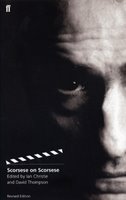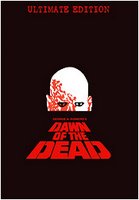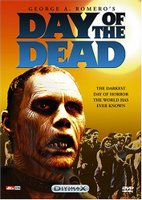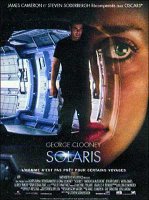 Die Another Day**USA/UK: Lee Tamahori, 2002.
Die Another Day**USA/UK: Lee Tamahori, 2002.
Format: Original Theatrical Release
Note: My bitesize review was originally published by the Kent Messenger Newspaper Group and refers to the theatrical run of the film.
Pierce Brosnan returns for his fourth outing as the world’s most famous super-spy and before you can say “opening set-piece extravaganza”, Bond is once more attempting to thwart the Machiavellian designs of an unhinged villain.
In the demilitarised zone between North and South Korea, Bond infiltrates a rogue North Korean army unit posing as a diamond smuggler. However, before Bond can assassinate the corrupt Colonel Moon (Will Yun Lee) he is captured and his true identity discovered, forcing him into a desperate attempt at escape.
The scene thus set Die Another Day delivers the first of its numerous action sequences consisting of the standard explosions, bloody shoot-outs and the crowning glory of a high-octane hovercraft chase. Defying the laws of gravity, not to mention credibility, Bond manages to get clear of the out of control vehicle whilst his pursuer, Col. Moon, careers over the edge of the cliff.
However, Bond survives only to be taken prisoner by Moon’s aggrieved father, General Moon (Kenneth Tsang) of the North Korean army. Abandoned by MI6 and subjected to severe physical torture, Bond is eventually traded with British intelligence in return for the release of dangerous terrorist Zao (Rick Yune).
Accused by boss M (Judi Dench) of compromising the security of the organisation, Bond has his 007 license terminated and is told he is no use to anyone.
Enter ellipsis, for when we next see Bond his startling appearance and subsequent aspects of the film’s storyline would suggest he has been incarcerated for sometime. Unfortunately, like all Bond films plotting is second to action and these intriguing avenues of enquiry are abandoned in favour of the exotic location of Havana, Cuba.
Bond tracks the released Zao to a genetic clinic where he appears to be undergoing skin pigment transformation ‘ala’ Michael Jackson. Joined in his endeavours by fiery U.S. agent Jinks (Halle Berry) Bond uncovers a link between Zao’s treatment and diamond baron, media darling Gustav Graves (Toby Stephens).
Anxious not to reveal too much and thus spoil some of the films twists and surprises it is amble to say Graves’ public image serves only to mask his true ambitions. Using the ability of diamonds to absorb light he creates the world’s deadliest weapon, ‘Icarus’ capable of focusing the power of the sun on any part of the earth.
With Bond the only man capable of saving the world, Die Another Day is predictably, predictable. Fans of the franchise with no doubt take comfort in this adherence to convention, although it doesn’t help when a vacuous and implausible script is stretched to a film that is far too long.
The Brosnan Bond movies have seen producers attempt to counter claims Bond has become an anachronism in the 21st century. The modern Bond film, if the isn’t a misnomer, has seen the inclusion of more influential bond girls and a more knowing persona adopted in the performance of Ian Fleming’s 007 agent.
However, this modernising trend is a difficult and dangerous trick to pull off, as the appeal for aficionados of this loved British institution resides within its dated familiar formula. Die Another Day remains true in spirit to the Bond myth but retirement is surely in sight.



















 The Ring ***
The Ring ***
 Chicago ***
Chicago ***

 The Good Girl ***½
The Good Girl ***½ Final Destination 2 **½
Final Destination 2 **½













 Senso (1954)
Senso (1954)

